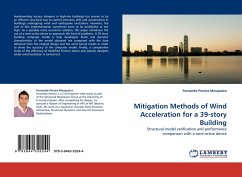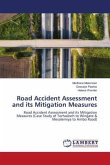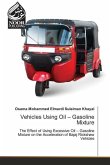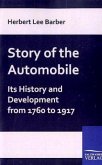Implementing viscous dampers in high-rise buildings has proven to be an efficient structural way to control interstory drift and accelerations in buildings undergoing wind and earthquake excitations. However, the cost of this implementation sometimes turns to be prohibitive or too high. As a possible more economic solution, this paper introduces the use of a semi-active device to approach this kind of problems. A 39 story building computer model is fully developed. Static and dynamic characteristics of the model obtained are compared with the data obtained from the original design and the wind tunnel results in order to show the accuracy of the computer model. Finally, a comparative study of the efficiency of Modified Friction device and passive dampers under wind excitation is carried out.
Bitte wählen Sie Ihr Anliegen aus.
Rechnungen
Retourenschein anfordern
Bestellstatus
Storno








